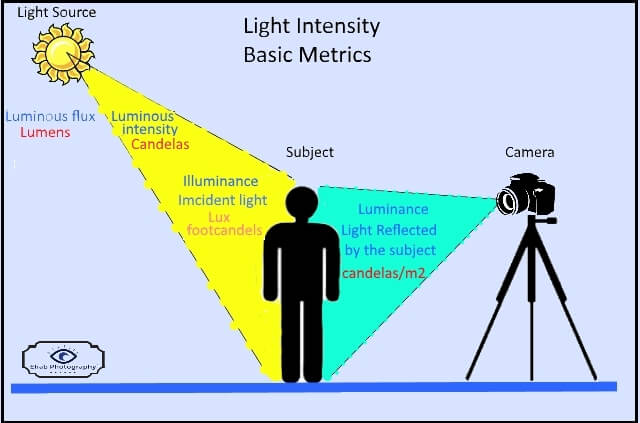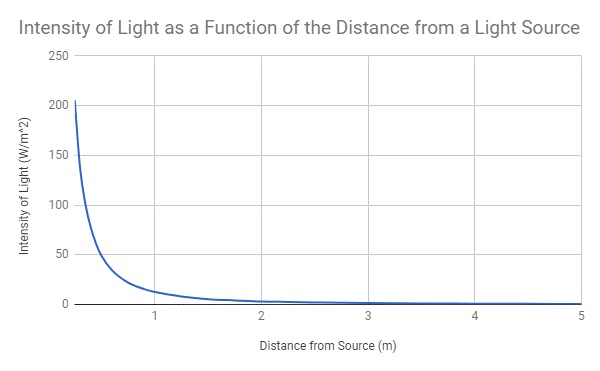

However, the light will likely decrease in intensity towards the end of the battery life.Į provides the Science Fair Project Ideas for informational The laser pointer will retain the same intensity for most of the experiment because it is a focused beam of light, and is not deliberately scattered and spread by the cone reflectors in the flashlight. The longer the lights are left on, the less power they will output, and the intensity and brightness of the light will decrease. As the lights are left on, the batteries will dissipate energy, with losses to heat, light, and internal resistance, and will output less power.
#Intensity of light trial
For each trial (one set of measurements at a time), we will assume the power output of the flashlight and the laser pointer to be constant, so we can compare them at a distance. This means the light is less intense (less power per square meter). The farther away the flashlight is moved from the paper, the more squares on the graph paper are illuminated. The laser pointer will also dim as the batteries run out. The longer the flashlight is left on, the less bright the light will be. The laser pointer will cover the same area at all distances. The farther away the flashlight is from the wall, the greater area the light will cover. The flashlight will cover a larger area of the graph paper than the laser pointer at all distances. Repeat every hour until either the laser pointer or flashlight run out of batteries.Leave the flashlight and laser pointer on for 1 hour and repeat steps 6 and 7 beginning one meter from the paper, measuring the same distances you measured before.Move the light sources farther away from the wall by ½-meter increments and repeat step 6.Measure the area the light covered by counting the squares on the graph paper illuminated by the light and record them in your notebook.Place the light sources here, turn on the flashlight and laser pointer and direct them to the center of a graph paper sheet. They should be at roughly the same height, and when turned on, they should be about level with the center of the graph paper on the walls. Make two stacks of heavy books. Fix the flashlight to the top of one and the laser pointer to the other.Put new batteries into both the laser pointer and the flashlight.Tape 2 sheets of graph paper side-by-side on the wall, close to the ground.


Power output is also related to the life of the battery in a device. A flashlight uses reflective materials to spread out light to larger areas. A laser, which is an acronym for "light amplification by stimulated emission of radiation," emits a more focused beam of light.


 0 kommentar(er)
0 kommentar(er)
